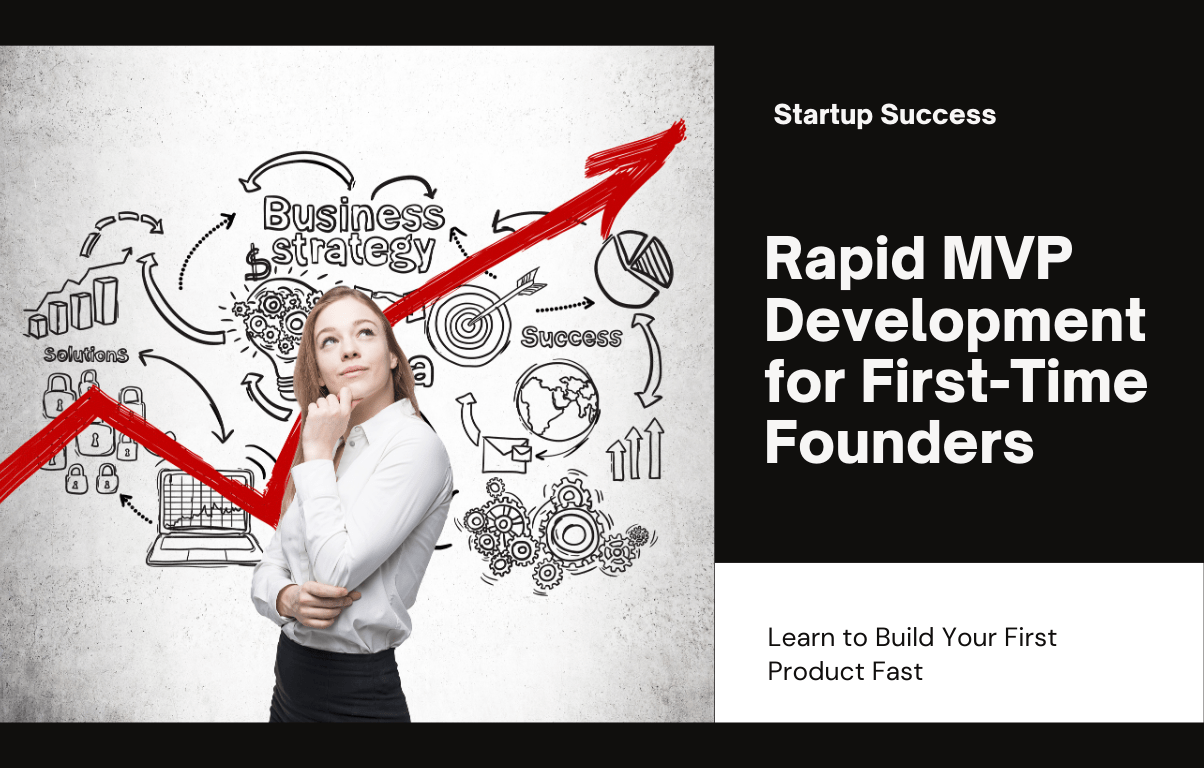Building a startup from scratch can be overwhelming, especially for first-time founders. Instead of spending months perfecting your product, a smarter approach is to develop a Minimum Viable Product (MVP) a simplified version of your product with just enough features to attract early adopters and validate your idea. This allows you to test the waters, get real user feedback, and refine your product before investing significant time and money. With this 10-day action plan, you can move from idea to launch quickly and efficiently.
Day 1: Define Your Startup Vision
Before writing a single line of code, you need a clear vision for your startup. Start by identifying your target audience and their pain points—what problems does your product solve, and who will benefit from it? Once you understand your potential customers, craft a compelling value proposition that clearly communicates what makes your product unique. Finally, set clear objectives for your MVP by defining measurable goals. Whether it’s acquiring your first 100 users or validating a specific feature, having concrete goals will help keep your development on track.
Day 2: Market Research and Validation
A great idea isn’t enough—you need to ensure there’s real demand for your product. Conduct market research to analyse industry trends and identify competitors. Studying your competitors will help you determine what gaps exist in the market and how you can differentiate your offering. Beyond research, engage with potential users to gather feedback on your idea. Talking to real people will help you refine your concept and ensure you’re building something people actually want.
Day 3: Design Your MVP
With a validated idea, it’s time to design your MVP. Start by creating simple wireframes or sketches to map out your product’s user interface. Focus only on the essential features that directly solve the core problem—feature bloat will only slow down development. The goal is to create a user-friendly and intuitive experience that makes it easy for customers to navigate your product. A simple, well-designed MVP will generate much better engagement than a complex, cluttered one.
Day 4: Choose Your Tech Stack
The right technology stack is crucial for balancing speed and scalability. Choose the programming languages, frameworks, and tools that best suit your project’s needs while ensuring they allow for quick iteration. Weigh the pros and cons of different tech stacks to ensure that your MVP can scale in the future without unnecessary rework. If you don’t have a tech background, consider using no-code or low-code platforms to speed up development.
Day 5: Build Your MVP’s Core Features
Now comes the actual development phase. Start by coding the most essential features that form the backbone of your MVP. Set up a proper development environment with collaboration tools to streamline the process. As you build, continuously test your product to catch bugs and ensure everything functions smoothly. Remember, speed is key, so focus on delivering a functional MVP rather than a polished final product.
Day 6: Iterate and Improve
Once your core MVP features are in place, take a step back to assess your progress. Review whether you’re on track to meet your goals and identify any roadblocks. Be open to making necessary adjustments based on testing results. Small iterations at this stage will improve the user experience and prevent bigger issues down the line. Flexibility is key—if something isn’t working, pivot early.
Day 7: User Testing and Feedback
Your MVP is now ready for real-world testing. Conduct user testing by inviting a small group of early adopters to try out your product. Gather detailed feedback, paying close attention to common pain points and areas where users struggle. Based on their suggestions, make further refinements to improve usability. The more user-friendly your MVP, the better your chances of success.
Day 8: Optimize Your MVP
Before launching, take time to optimize your MVP for performance and scalability. Review your codebase to eliminate bottlenecks and address any technical debt that could slow down future development. Ensure that your product is prepared to handle increased demand, as a sudden influx of users should not lead to crashes or slowdowns. Optimization at this stage will set the foundation for a smoother launch.
Day 9: Marketing and Launch Strategy
A great product won’t succeed without a solid marketing plan. Develop a clear marketing and launch strategy to attract early adopters. Start building buzz by leveraging social media, content marketing, and partnerships. Email marketing and collaborations with influencers or industry experts can also help generate anticipation. The goal is to create excitement so that when you launch, you already have an audience waiting.
Day 10: MVP Launch and Beyond
Now, it’s time to launch your MVP to the public! Release it through the appropriate channels and ensure it reaches your target audience. Post-launch, monitor user engagement closely and track feedback. Expect to encounter issues, but address them promptly to enhance user satisfaction. Your MVP is just the beginning—the key to success is continuous improvement based on real-world user insights.
Developing an MVP in just 10 days is an ambitious but achievable goal. By focusing on speed, user feedback, and iteration, you can quickly validate your startup idea without wasting time and money on unnecessary features. This lean approach helps you get real-world validation and allows you to pivot early if needed. If you’re a first-time founder, use this 10-day plan to bring your idea to life and launch with confidence.
🔽 Click below to download the full guide and start building your MVP today!






